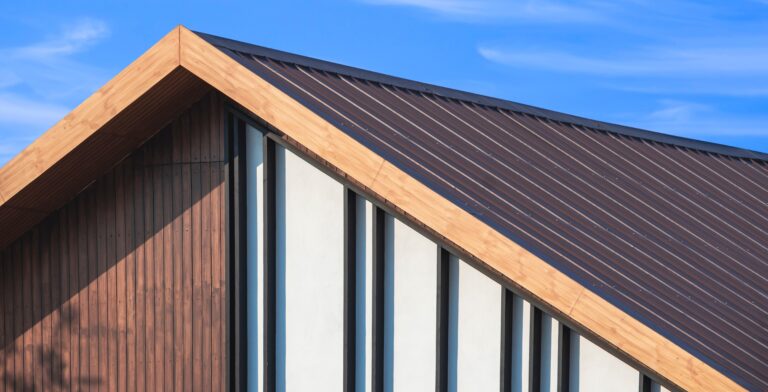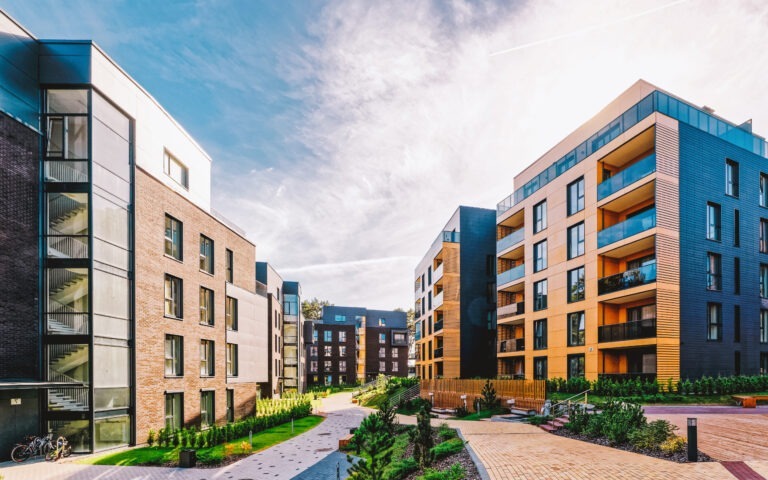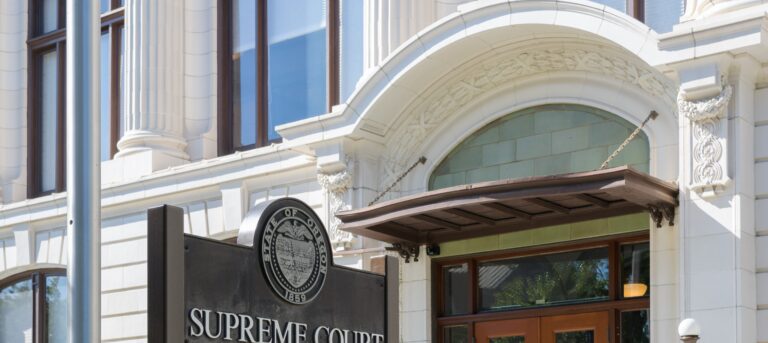Oregon Case Law Update: Plaintiffs Must Show Diminished Property Value in Order to Prevail on a Timber Trespass Claim Involving Ornamental Trees
Oregon Case Law Update: Plaintiffs Must Show Diminished Property Value in Order to Prevail on a Timber Trespass Claim Involving Ornamental Trees From the Desk of Joshua P. Hayward: Defending timber trespass cases is complicated by the fact that if plaintiff prevails, they will be awarded double or triple damages and attorney fees. What happens if a plaintiff does not allege that the trespass diminished the value of their property? Read on to find out.
Claims Pointer: In this timber trespass case, a plaintiff brought both a nuisance claim and a timber trespass claim against Klamath County for spraying herbicide on his property and causing $23k in damage to plaintiff’s ornamental trees. At trial, plaintiff did not allege that the trespass diminished the value of his property, and in fact, admitted that the value was not affected. Despite this, the plaintiff prevailed on the timber trespass claims and was awarded double damages and attorney fees. The court of appeals reversed, holding that plaintiff’s failure to allege diminished property value was fatal to the timber trespass claim. This case illustrates that in order for a plaintiff to prevail in a timber trespass suit involving ornamental trees, they must prove that the property value was diminished or that it is impossible to determine whether their property value was diminished.
Harshbarger v. Klamath County, 294 Or App 631 (Oct. 31, 2018).
In June 2010, the Klamath County Department of Public Works applied herbicide along a right-of-way next to Daniel Harshbarger’s (“Plaintiff’s”) property. When the herbicide made its way to Plaintiff’s property, it damaged or killed several ornamental pine trees, at a total alleged cost of $23,486. Plaintiff sued Klamath County (“County”) for nuisance and timber trespass. Plaintiff sought damages related to the value of the trees but never made allegations related to how the trespass affected the market value of his property.
Before and during trial, the County repeatedly sought to dismiss Plaintiff’s timber trespass claim on the basis that Oregon case law requires that a timber trespass plaintiff allege how the timber trespass diminished the overall value of the subject property. The trial court denied each of the County’s attempts and Plaintiff prevailed on his timber trespass claim. Accordingly Plaintiff was awarded double damages for the value of the trees and attorney fees.
The County appealed, renewing its argument that Plaintiff was required, but failed, to allege that the County’s timber trespass diminished the market value of his property. Thus, the County argued, the trial court erred in allowing the timber trespass claim to be presented to the jury. Plaintiff conceded that he had not alleged that the value of his property was diminished, but argued instead that the evidence of his property value was irrelevant because the “starting point” of timber trespass damage valuations is the value of the trees destroyed or damaged.
The court of appeals began its review by stating that the ordinary measure of damages in a timber trespass case involving noncommercial, ornamental trees is the diminution in the market value of the property. It held that a plaintiff alleging such a timber trespass must show (1) actual diminished property value; or (2) evidence that the effect on market value of the property cannot be determined. However, Plaintiff did neither at trial and argued instead that case law supported his assertion that the value of the lost trees was the “starting point” for damages and he was not required to show that the value of his property was diminished.
In support of his argument, Plaintiff relied on Pedro v. January, an Oregon Supreme Court case which dealt with a commercial timber trespass case. The court acknowledged that Pedro used the value of trees as the starting point, but distinguished Plaintiff’s case from Pedro by stating that the court has “never applied a similar standard to cases involving noncommercial trees.” Instead, the court represented that Cohen v. Awbrey Glen Homeowners Association, Inc., controlled the case by providing the methods by which timber trespass damages must be shown. In Cohen, a plaintiff sued his homeowner’s association for removing several noncommercial ornamental trees from his property. At trial, the plaintiff was unable to find an expert to show that his property value was diminished and the homeowner’s association did not challenge the plaintiff’s representation or provide an expert of its own. Accordingly, the court of appeals declared that, because neither party presented evidence of the diminution of market value of the affected property, the plaintiff was able to “establish proof of damages through other objective evidence of the real value of the loss to [the affected] property.” Relying on Cohen to establish the standard in this matter, the court held that its case law demonstrates that the correct starting point for noncommercial timber trespass cases “is always the diminution in the market value of the plaintiff’s property, not the value of the lost trees” and the value of the lost trees is only sufficient when the diminution is unascertainable.
Accordingly, because Plaintiff never presented evidence at trial of the diminution of the market value of his property, the trial court erred in allowing his timber trespass claim to go to the jury. For the same reason, the trial court’s award of attorney fees and increased damages pursuant to the timber trespass statute was error.
This case serves as a reminder that timber trespass cases involving noncommercial trees require the plaintiff to show that the market value of the property was diminished as a result of the trespass. Although the prospect of up to treble damages and attorney fees can make timber trespass cases daunting, if there is no evidence that the market value was diminished, there is no reason to panic.
View full opinion here.
To email Josh Hayward, please click here.
To view the latest Washington Case Law Update: Damages and Attorney Fee Exposure Can Make a Mistaken Coverage Denial a Costly Error please click here.

















